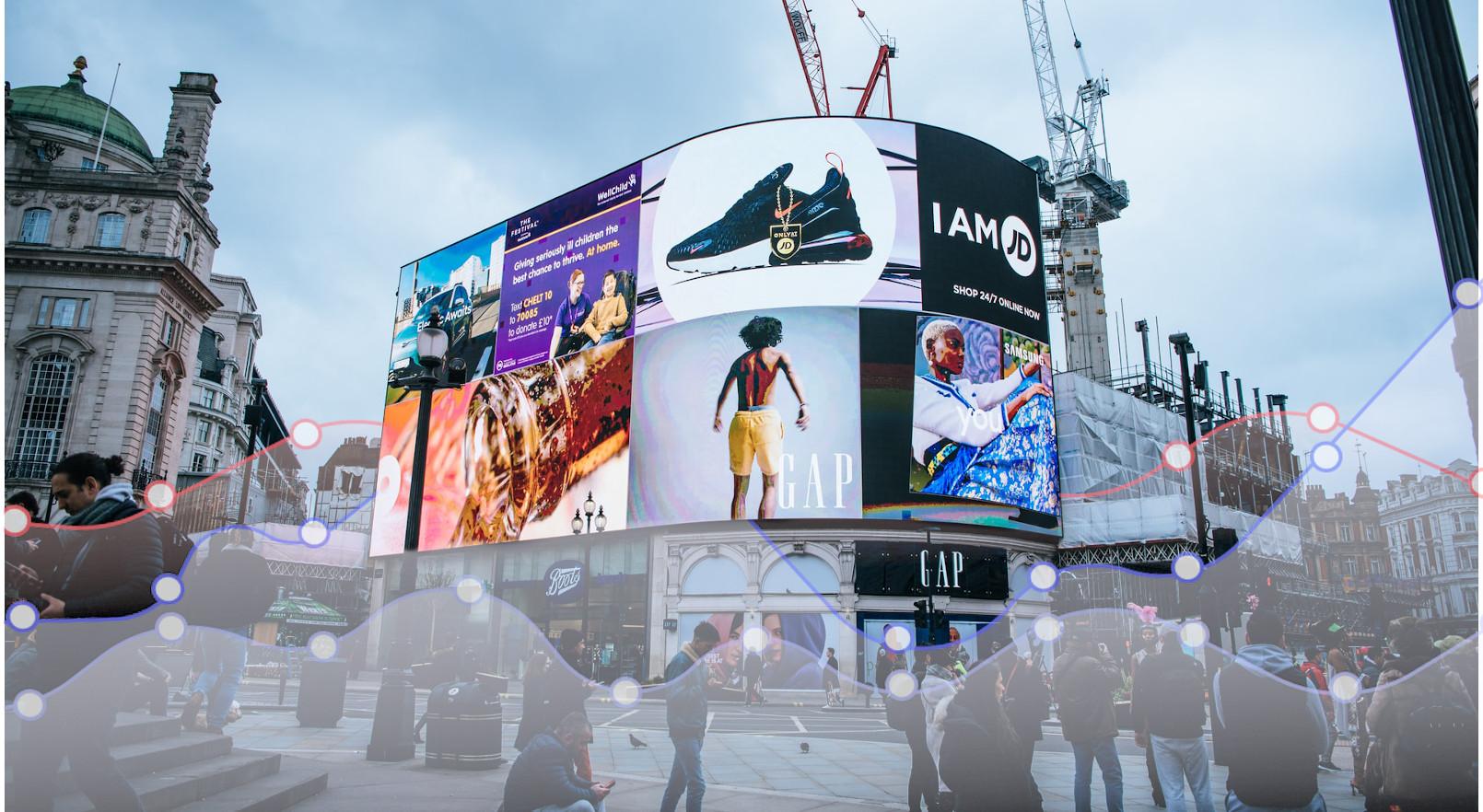

Why is branding important for your company? Definition, brand image and customer relations

Table of contents
Austrian Psychologist, Paul Watzlawick, once stated that it is impossible not to communicate, and therefore impossible not to have an image. We create images of ourselves, companies, or institutions (whether we want to, because, for example, even our lack of presence in online communication channels already indicates something about us), thus we should do it consciously. The key to building customer relationships – using marketing or public relations tools – is to build brand awareness in a controlled and deliberate way.
What is branding? It is the part of marketing that deals with defining the frame of what we should and should not communicate to the audience. It is the foundation, the communication strategy of the new brand, the character and soul of the brand. The branding process is important as it creates brands that people love, and there are always stumbling blocks when establishing such relationships. How to deal with them, or rather – how not to lead to them in your company, I will tell a little later.
What is a brand – the beginnings of brand building
Years ago, brands were mainly simple household items, such as soap, washing powder and shoe polish. Back then, a brand was just a symbol of durability and consistency. It meant adhering to certain standards of quality, quantity and price. As Wally Olins, one of the world’s most experienced branding experts, shared in his book: “The brand image presented and supported the product.”
However, nowadays everything has been turned upside down, as we have begun to take most of the functional characteristics of a product for granted. Branding has gained a new status – it still means an image, but not only of own, but also of consumers.
With the right company branding, brand values audiences can identify with. It testifies to them non-verbally – what kind of people they are, speaks about aspects of their personality or desires to change it, and upholds their views. Modern good branding is based on commitment and belonging and has begun to be an expression of the personal attitudes of its audience.
What exactly is branding? No, it’s not a logo
Branding, i.e. building brand awareness, is a design process that, among others, is responsible for brand recognition against the competition. In addition, it creates a personality and a consistent image of our company, product or service in the eyes of consumers, whose opinions on various portals are increasingly important in a semi-digital world. Olins reports that by choosing specific brands we define ourselves, as they act as a kind of “association-information shortcut” and can speak to like-minded people around the world with just a symbol. Well, even Aristotle wrote that the most important thing is the proper use of metaphor.

However, it is worth pointing out at this point the distinctiveness between a brand and a trademark, which makes it possible to distinguish a company’s products and services from those created by competitors. A trademark can consist of words, letters, numbers, symbols, signatures, shapes or sounds (and it’s not just about recording the pronunciation of a brand name). On the other hand, a brand is distinguished by the functional and emotional values present in it. Examples of your brand’s functional values could be convenience, quality and ease of use, while the brand’s emotional values could be ambition, joy and independence.
To sum up: branding is not just what we see – a logo, typography or the rest of a visual identity system – or what we read – a slogan or a copywriter’s creation based on the brand’s communication vision. These are just the elements of branding, which goes much deeper and gives direction to what emotions are to accompany the previously mentioned elements, what values the company would like to attract its potential customers.
This is what a strong brand is in the minds of branding agency members who design it – a business card that we pull out of our subconscious drawer every time we open a Milka instead of a Wedel on a rainy day, because it is understanding and nice. Or we put on Nike shoes because we want to win or write an article on a MacBook because we value the creativity and vision that Steve Jobs has been telling us over the years through his personal branding.
Ubiquity of brands in the market
The importance of branding is also being recognized more and more by not-for-profit organizations, such as charitable institutions, which (willy-nilly) are forced to compete with every commercial brand in – to quote Olins – “the emotional territory of people’s hearts and minds for a share of consumers’ wallets.”

The biggest brands and their companies’ actions, using clear and simple ideas, are able to hit them (hearts and minds) perfectly with the help of positioning, which is one of the elements of brand-building process – in addition to the previously mentioned identity elements, namely design. Such communication should be consistent and aimed at a specific target group, because as life teaches us: what’s for everything is for nothing.
An overly general approach to branding actually allows to create universal values. However, the identification of the brand’s personality among potential customers, as well as within the company, is then indistinguishable and bland. Employer branding, or employer image, which is of paramount importance during recruitment, often suffers as well.
Branding is a process. A continuous process – like breathing. Building a company’s image against a surveyed market and branding based on pillars such as consistency are (un)competitive hits. Because, after all, we want to design it in such a way that our brand will prevail for years, have a good reputation and – in case of an image crisis – rebranding will be unnecessary.
Please rate this article
Try our new
Local SEO tool
Manage and track visibility of your
Google Business Profiles

